Sixpack Racing is known for its high-quality flat pedals, but earlier this year it released the affordably-priced Vertic Trail pedal to cater for clip-in riders too. We got a set out to Julia Hobson – an experienced mountain bike guide who churns out the miles riding technical, high alpine singletrack – to see how the Vertic pedals fared. Over to Julia!
The Vertic Trail pedal was designed for XC, All Mountain, and Enduro use, and features a sophisticated design with features that include an open pedal body for self-cleaning, a fixed stand with two replaceable pins on the front side, and a flattened design for easy engagement.
At just 354g for the pair, it is one of the lightest trail clip-in pedals on the market thanks to its weight-optimised design. The pedals use an SPD-compatible mechanism for cleat engagement, and allow for 8° (+/- 4° from the neutral position) of angular float. Compared to smaller bodied pedals, the Vertic platform has a large surface area for more contact between pedal and shoe. Sixpack claims the Vertic have been tested and optimised for many pedal/shoe combinations.

Another special feature of the Vertic Trail pedal is the selectable Q-Factor (distance from the centre of the pedal to the outer face of the crank arm) of 52.5mm or 58.5mm. A larger Q-Factor provides a wider stance over the bike, with more free space so you don’t, for example, rub the beautiful paint on the chainstays. To an extent, a wider Q-Factor can also give you more stability on the bike too – kind of like running wider handlebars.
However, go too wide, and you may create issues with knee pain. The idea of two different Q-Factor options on the Vertic pedal is that you can match the right pedal to your own anatomy to prevent any untoward knee pain.
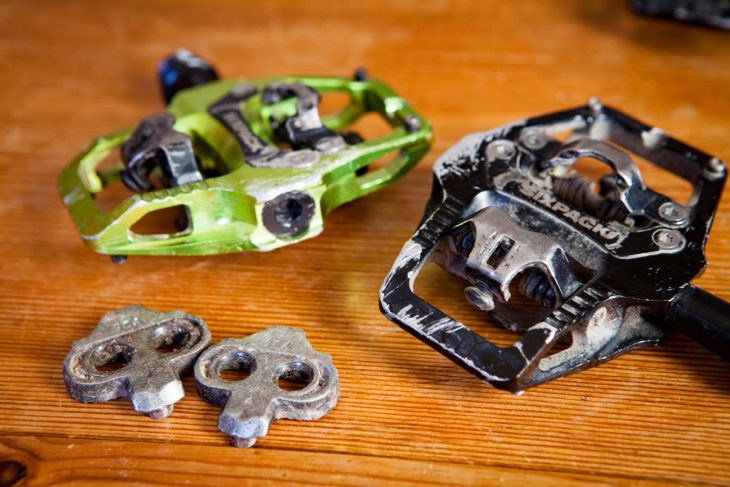
Sixpack has drawn on many years of expertise when it comes to the pedal body and bearing, using only high-quality materials and components with the aim of providing reliability and durability. The pedal body is made from 6061-T6 CNC milled aluminum. Hardened coated CrMo steel is used for the axles, and the bearing consists of a combination of sealed industrial bearings and IGUS bushings.
Testing, Testing…
I’ve been testing these pedals (initially the larger Q-Factor, then the narrower) for the last six months. I’m a Mountain Bike Guide, and after a long and busy guiding season, these pedals have had almost daily use (and abuse) in conditions ranging from sloppy wet Yorkshire mud, to the technical rocky trails of the Lakeland fells, to dry, dusty Alpine singletrack.
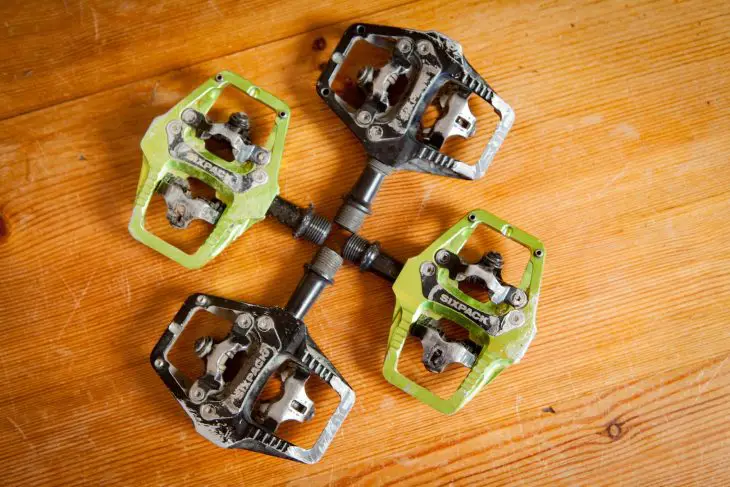
My eyes lit up on first sight of the sleek looking design. I’m a magpie to shiny anodised bike components, and these were no exception. Available in four colours including Stealth Black, Racing Red, Vivid Blue, and Electric Green, I had both a black and green set to put to use. The pedals were also noticeably lighter than the Time ATAC pedals I had previously been using – two instant plus points.
The Q-Factor of a pedal is, if I’m honest, something I’ve never really considered, but thinking about it now it makes total sense. I found that my foot position on the larger Q-Factor pedals gave me a good alignment of my knees and hips whilst pedalling and allowed a comfortable and natural feeling riding position. As a bonus, the usual scuff marks that come from my foot rubbing against the rear chain stay when descending have not appeared since using these pedals.
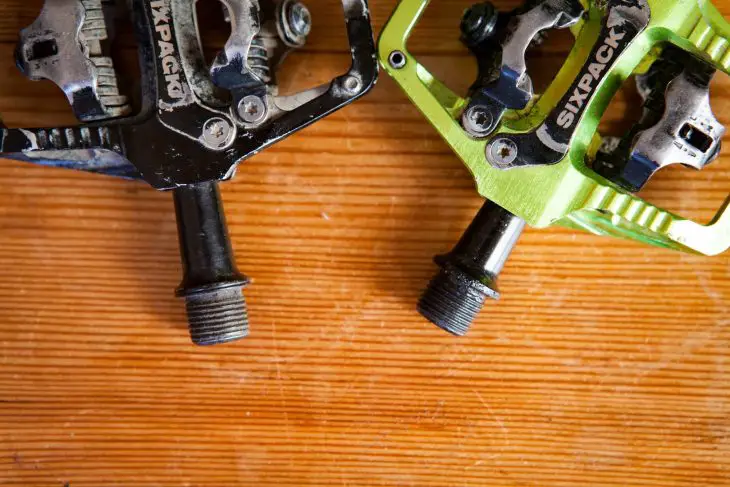
Switching to the narrower version however, these also felt as though they positioned my feet, knees and hips well and if I’m perfectly honest, I didn’t notice a huge difference between the two. I’m lucky to have not reached a point where I suffer from any joint issues, but perhaps those who find certain pedalling positions cause knee pain would notice and benefit from this choice.
The open design of the Vertics means they do seem to clear well in muddy conditions – an important point to consider for riding in the UK. They are also tough and durable, and despite some loss of anodising from unintentional strikes when I’ve mistimed a pedal on technical rocky climbs, appear to be standing up to regular abuse on that front pretty well.
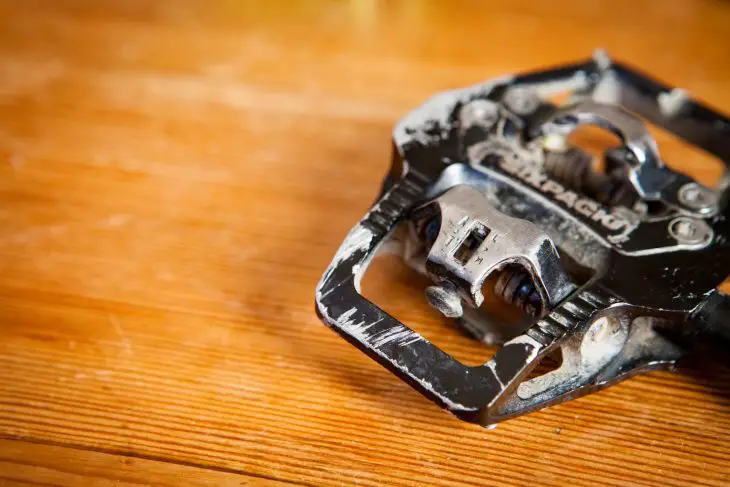
Bearing Issues
The bearings felt super slick and smooth initially, but on the wider set after two months of use I noticed they had begun to stiffen and seize. As someone who uses a bike almost daily, I expect wear and tear items like bearings to wear out relatively quickly, but I’d expect to get bit longer out of a set of pedal bearings. Given the disgusting conditions last winter and early spring provided us with though, I can’t say whether this would have been the same for any other pedals this year.
Fortunately Sixpack offers a full range of replacement parts for its pedals, meaning it’s possible to get them serviced and back up and running as smoothly as they were initially. You can send the pedals in, or the parts can be sent out to you to do at home. While it’s possible to pull them apart for cleaning and servicing with basic tools, removing and fitting the cartridge bearing does require a specific tool, since it’s pressed in place.
As for the second set of pedals, they’ve now been used for as long as the first (albeit through a very dry summer season), and the bearings feel as good as new. So the conditions could well have played a large part in the rapid deterioration in the first set.
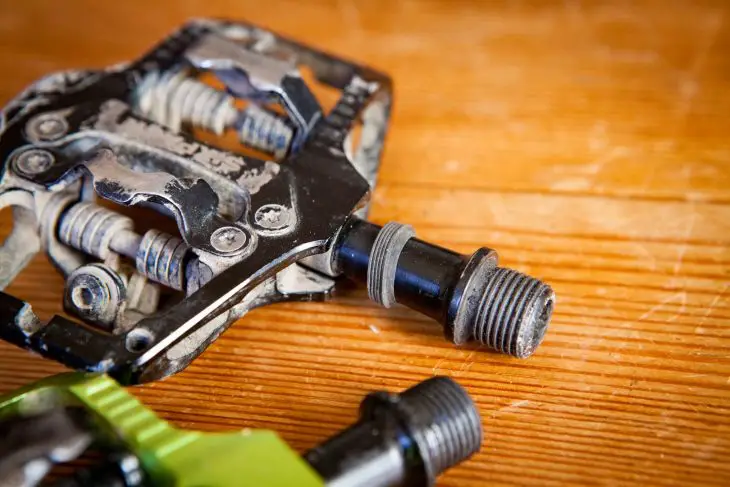
Clipping In & Out
As mentioned above, the pedals use the SPD-compatible system of engagement. It’s been a while since I used an SPD pedal so I expected to have a short period of transition getting used to the difference in clipping in and out compared to the Time and Crank Brothers pedals I have used more recently. In general I’ve found both Time and Crank Brothers pedals have a slicker feel for engagement and release, due to their use of a round spring bar that slides over the cleat. In comparison, the SPD mechanism on the Vertic pedal uses a sprung cage that locks onto the cleat in a more positive and clunkier fashion.
One advantage of the SPD system is that you can adjust the spring tension. However, I initially found that even with the tension wound down to its loosest setting, the pedals required a really forceful push to get the cleat to engage, and the force needed to release the shoe from the pedal was also quite extreme. In fact there were a few times where I was completely stuck.
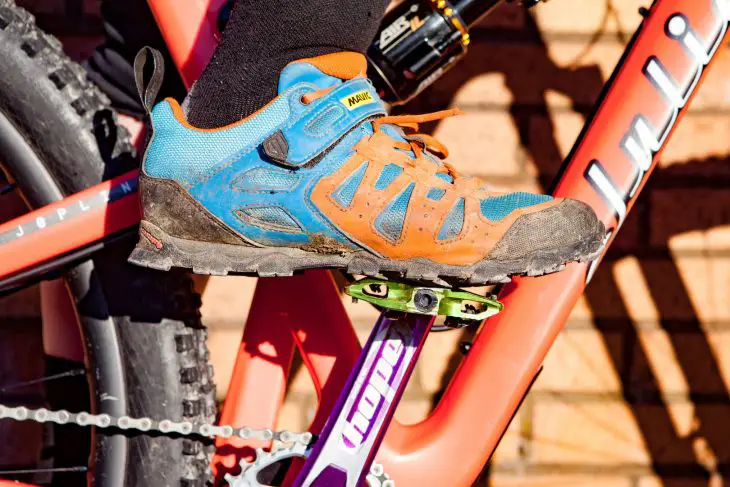
We got in touch with the crew at Sixpack, who suggested this might happen because the shoe in question had a deep or narrow cut out in the sole, which would interfere with the SPD system when trying to disengage. That is indeed the case with the ION Rascal SPD shoes I used early on during the test period – these shoes have encountered interference issues with other clip-in pedals. Adding a cleat spacer did help to solve this problem though, and switching to different sets of shoes (Mavic Crossride and Specialized 2FO Cliplite), there have since been no similar issues. Worth bearing in mind that depending on your shoes you may need to be aware of this during initial set-up though to prevent any comedy slow-mo tumbles!
The pedals come with two pins on the front of each side. However, I haven’t yet worked out the value of the pins in these pedals, other than to add to the ever-growing collection of scars on my shins. Unlike on flats, these pins don’t help the shoe grip the pedal, as when the cleat is not engaged and the foot is just resting on the pedal, the sole of the shoe sits higher than them, and doesn’t contact the pins. This is the same when the cleat is engaged – the pins don’t come anywhere near the tread of the shoe. On the plus side though, they are easy to remove if like me, you don’t see any advantage of them.
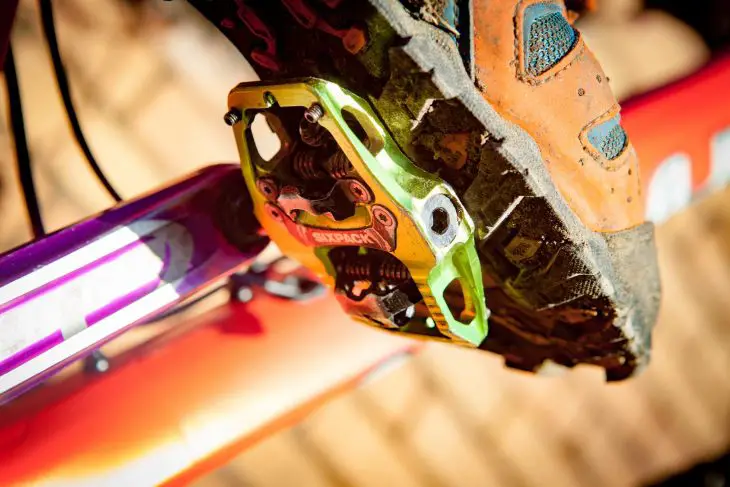
My feet felt planted and secure on the pedals when climbing and descending, with a good amount of float, and the size of the platform is a good balance between not being so large that you are vulnerable to pedal strikes on narrow rutted trails, but the contact area is large enough that should you fail to clip in when restarting on technical terrain, you’re foot feels secure enough to ride the section out unclipped.
Overall
I really liked the sleek lightweight design of the Vertics. These are a tough, good-looking and a practical pedal option with fully serviceable and replaceable parts, good mud clearance, and secure engagement. The bearings aren’t as durable as an equivalent Time or Shimano pedal, but since they are easier to pull apart, it’s worth checking them periodically to clean out any contaminants to keep them spinning smoothly. Along with their stable platform and chunky actuation, they will suit many riders well, especially those looking for a lightweight all-mountain pedal.
Review Info
| Brand: | Sixpack Racing |
| Product: | Vertic Trail Pedals |
| From: | Sixpack Racing, sixpack-racing.com |
| Price: | €109.50 |
| Tested: | by Julia Hobson for 6 months |
Comments (3)
Leave Reply
Post Comment
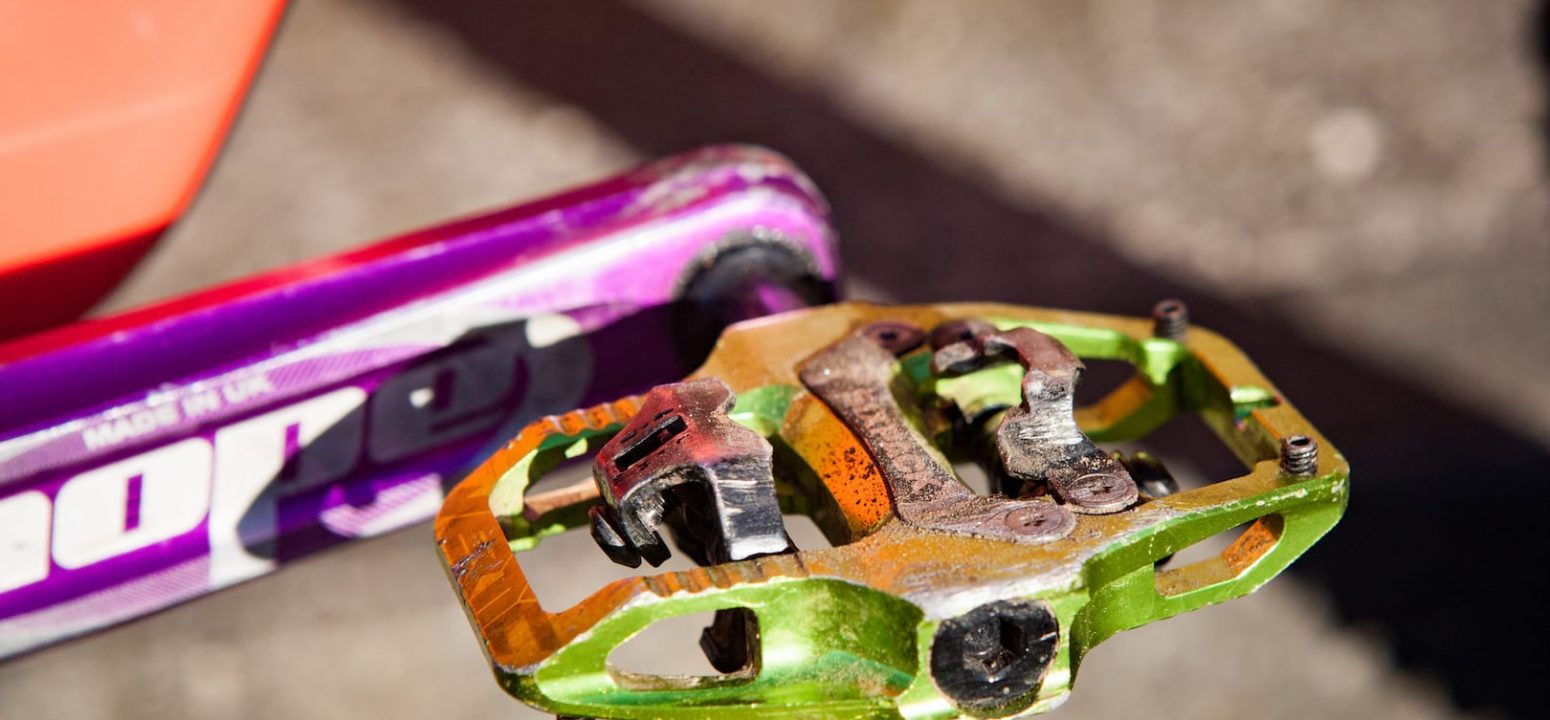
Affordable !
i was interested till i saw the price.. google says £96 delivered. think i’ll stick to the M520 £20 delivered.
the bearings seems to last forever on the shimano too..
its tough being a tight yorkshireman sometimes.
@whatyadoinsucka – I think ‘affordable’ is relative to Sixpack Racing’s own flat pedals, like the (admittedly very trick) €160 Skywalker pedals;
https://singletrackworld.com/2017/06/review-sixpack-skywalker-flat-pedals/
ah ok, thanks wil
its all relative :0)
look decent peddles aswell